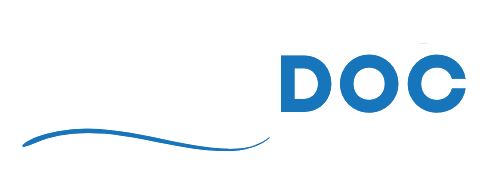Shockwave therapy, originally developed for breaking up kidney stones, has evolved into a versatile tool in the clinical world. Over the years, its applications have expanded well beyond urology, touching fields like sports medicine, physical therapy, podiatry, and chiropractic care. In this post, we’ll delve into the technology behind shockwave therapy, how it compares to other modalities, and the many ways medical specialists are putting it to use.
The Technology Behind Shockwave Therapy:
At its core, shockwave therapy uses acoustic waves to target tissues at a cellular level. These waves stimulate blood flow, promote collagen production, and accelerate healing. By delivering focused energy to an area of pain or injury, shockwave therapy triggers the body’s natural repair processes—making it a non-invasive alternative for many conditions.
Comparing Shockwave Therapy to Other Modalities:
Therapeutic Ultrasound: While both shockwave therapy and therapeutic ultrasound use mechanical energy, they operate differently. Ultrasound focuses on thermal effects and tissue vibration, often used for deeper structures. Shockwave, on the other hand, delivers rapid, high-energy pulses that are particularly effective for conditions like calcific tendinitis, plantar fasciitis, and chronic tendinopathies.
Electrical Stimulation (Estim): Estim uses electrical currents to reduce pain and promote muscle activation, but it doesn’t stimulate cellular regeneration in the same way shockwave does. Shockwave therapy can penetrate deeper and influence tissue remodeling, making it a valuable option for certain chronic conditions.
Integrating Shockwave Therapy with PRP
In regenerative medicine, shockwave therapy is frequently paired with platelet-rich plasma (PRP) injections. By first “priming” the tissue with shockwave, the body’s regenerative response is already heightened, which may improve PRP’s efficacy. Many practitioners find that combining the two treatments leads to faster recovery times and more significant pain relief for patients.
Diverse Applications Across Medical Specialties
Sports Medicine: Athletes often turn to shockwave therapy to address repetitive strain injuries, stress fractures, and chronic tendinopathies. Its ability to speed up recovery and reduce downtime makes it a favorite among trainers and physicians.
Physical Therapy: In rehab settings, shockwave is used to treat conditions like plantar fasciitis, tennis elbow, and hamstring injuries. Its non-invasive nature allows physical therapists to offer relief without introducing surgical risks.
Podiatry: Podiatrists commonly use shockwave to manage heel pain, Achilles tendinopathy, and other foot-related issues. The technology offers a non-surgical solution that can lead to long-term improvements in mobility and pain levels.
Chiropractic: Chiropractors often incorporate shockwave therapy to enhance their manual adjustments and provide additional pain relief. For patients with chronic musculoskeletal pain, the combination of chiropractic techniques and shockwave can deliver more comprehensive outcomes.
A Non-Invasive Future
As shockwave therapy continues to grow in popularity, new applications and protocols are emerging. Its versatility, non-invasive nature, and ability to promote natural healing make it a valuable addition to many treatment plans. Whether combined with PRP, used as a standalone therapy, or integrated into a broader rehabilitation strategy, shockwave therapy is helping practitioners offer their patients more options for effective, long-lasting relief.

